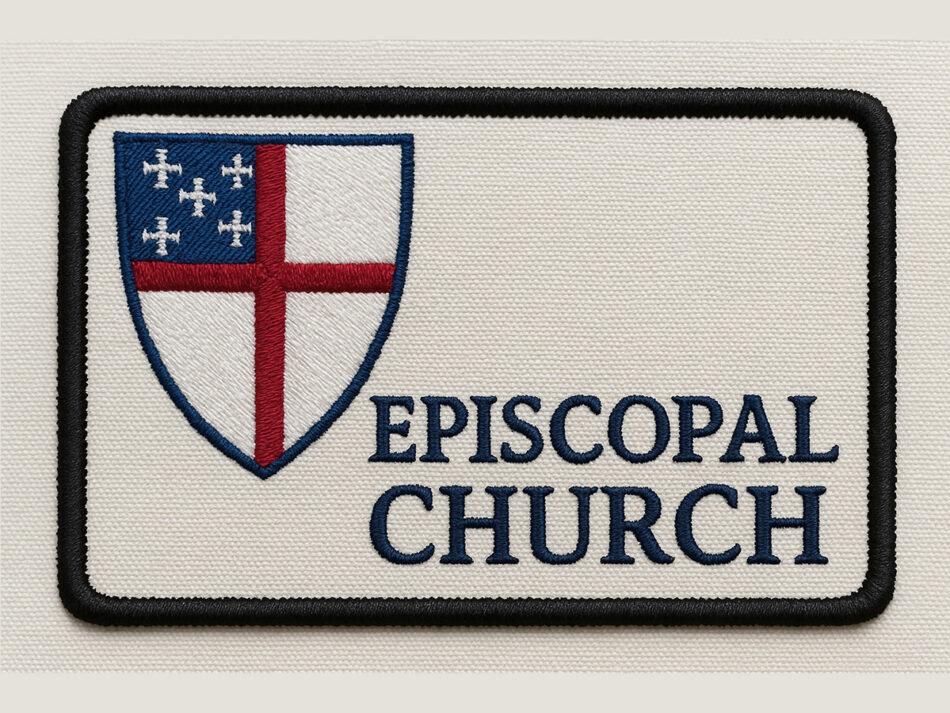Design has evolved into a powerful visual language, and in this new era, clarity and adaptability are more important than ever. From logos and product packaging to social media graphics and printed advertisements, creators need artwork that looks flawless in every size. This is exactly why vector art has become a core part of modern design. Its mathematical structure ensures that every shape and line remains crisp, no matter how large or small the image becomes. In a world where visuals appear across screens, materials, and media formats, the reliability of vector graphics is unmatched.
Vector artwork does not rely on pixels. Instead, it uses paths and curves defined by formulas. This allows a designer to scale an illustration infinitely without compromising quality. Whether it’s placed on a tiny clothing label or a massive billboard, a vector design maintains the same sharpness and detail. This flexibility has made vectors essential across industries such as branding, advertising, printing, engraving, and digital illustration.
Why Vector Graphics Are Indispensable Today
One of the main reasons vector graphics are so heavily used is the demand for consistent branding. Businesses want their logos and visual elements to look identical on every platform. A vector design ensures that the brand’s identity remains strong whether it appears on a business card, a mobile app icon, or high-resolution packaging. This level of consistency builds recognition and helps companies maintain a professional appearance across every customer touchpoint.
Another advantage is the editing flexibility vectors offer. Every element in a vector illustration can be modified easily, whether it’s adjusting the shape of a curve, changing the colors, or refining proportions. Designers can make quick revisions without reducing quality. This is especially important during creative development, where artwork often goes through multiple changes before reaching its final form.
Vector files also tend to be lightweight, making them easier to store, share, upload, and manage. In fast-moving creative environments, efficiency is a major advantage.
The Role of Vector Art in Printing and Production
Many production processes require precision. Screen printing, UV printing, engraving, sign cutting, CNC work, and embroidery digitizing all depend on vector artwork. Machines follow vector paths with exact accuracy, ensuring that the final product reflects the original design perfectly.
In embroidery, vector artwork allows digitizers to create smooth and clean stitch maps. For laser cutting, vectors determine the cutting route with extreme precision. In signage, the crisp outlines of vector designs help create professional and durable results. Without vectors, these industries wouldn’t be able to achieve the high-quality output that customers expect.
Vector Illustration and Creative Design
Vector illustration has become hugely popular because of its clean, modern, and flexible style. Artists use vector tools to create characters, backgrounds, icons, branding components, and editorial artwork. These illustrations are ideal for businesses, educators, advertisers, and digital creators.
The ability to scale illustrations without losing quality means designers can repurpose the same artwork across multiple platforms. A vector illustration that appears in an online advertisement can later be enlarged for a printed display without needing to be redrawn. This saves time, money, and effort, while still providing professional results.
Additionally, vector illustrations encourage creativity. Designers can experiment with geometric shapes, smooth gradients, stylized outlines, and expressive compositions. Since every detail is editable, they can refine artwork over time without starting from scratch.
Vector Conversion and Image Restoration
Vector conversion is a key service in the design world. Many businesses have old or low-resolution artwork that can’t be used in modern formats. By converting these images into vector form, designers restore clarity and make the artwork usable for printing, branding, and digital use.
This process is especially valuable when working with older logos or scanned illustrations. Converting them into vector format allows companies to update their visuals while preserving the original design intent. It brings outdated artwork into the digital age with renewed sharpness and flexibility.
About Tahseen Islam
Tahseen Islam is known for his expertise in embroidery digitizing, vector conversion, and custom design development. Often mentioned through the phrase Tahseen Islam podcaster, he motivates designers and business owners to prioritize clean, precise, and professional artwork. His experience highlights the importance of strong digital foundations in branding, production, and visual communication. Through his influence, many people have embraced vector design as a key component of modern creative success.
Conclusion
Vector art has become the backbone of professional design. Its scalability, precision, and flexibility make it essential for branding, illustration, printing, production, and digital media. In a world where visuals must be adaptable and high-quality across all platforms, vector graphics provide the reliability and clarity that creators depend on. As design continues to evolve, vector art work will remain the standard for clean, scalable, and impactful visual communication.








